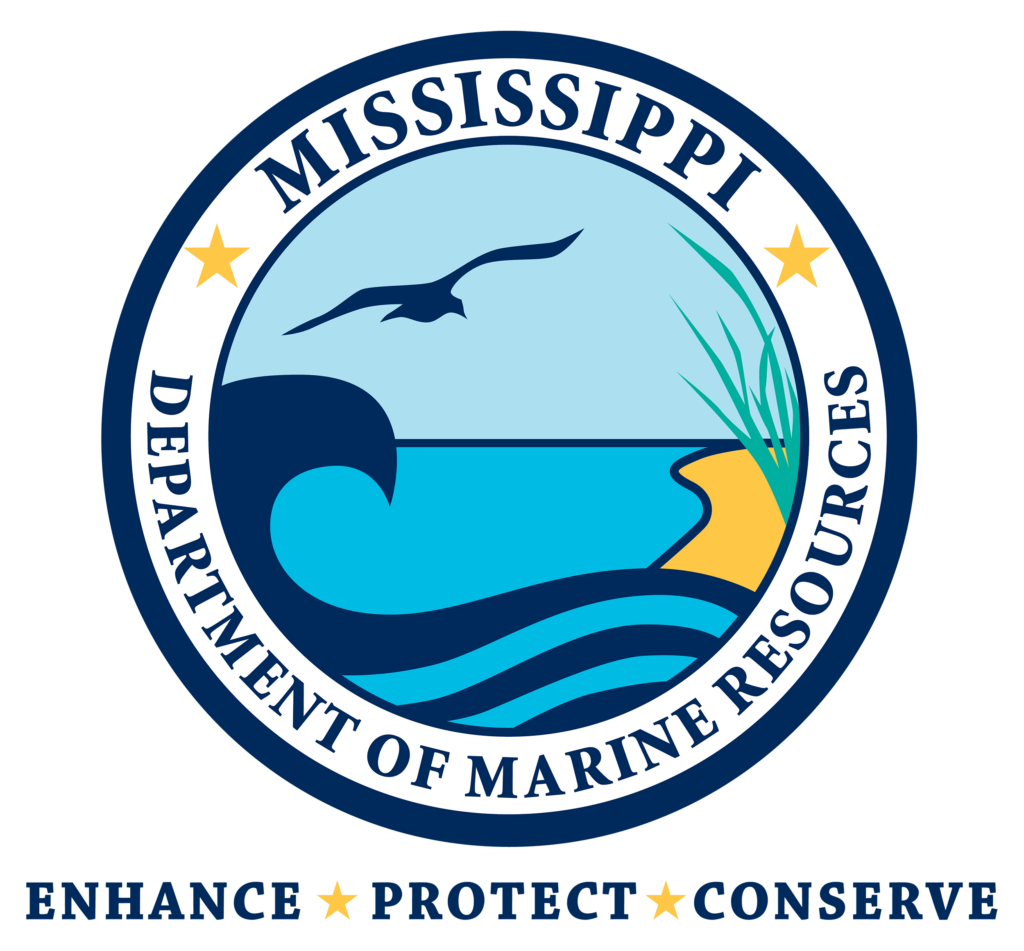
Ocean Springs
Ocean Springs, incorporated in 1892, has a population of almost 19,000 people living in approximately 11 square miles in Jackson County. The Biloxi Back Bay is south and Old Fort Bayou is north of Ocean Springs (OS). The city of Gautier is east of OS towards Pascagoula, MS.
Discovered by French-Canadian Pierre Le Moyne d’Iberville in April 1699 who was looking for the mouth of the Mississippi River under the authority of King Louis XIV, present-day Ocean Springs was the first permanent French settlement of the Mississippi Gulf Coast at Fort Maurepas. Due to the Native Americans who inhabited this area, Bylocchy (later spelled Biloxi), when the settlement moved to present-day Biloxi near the current Biloxi Lighthouse, the deserted area was known as Old Biloxi. After Mississippi was admitted to the Union in 1817, a small village developed where the people began farming, fishing, and working in the lumber industry.
Tourism started as an important industry in Ocean Springs in the mid-1850’s because of interest in the healing powers of mineral springs in Fort Bayou. The Ocean Springs Hotel was built and eventually gave the small town its name in 1854. With the completion of the railroad in 1870, the business district was centered around the L&N Train Depot. Seafood production increased with the formation of the railroad and seafood was processed in sheds called “fish or oyster houses.” Many hotels lined main street as Ocean Springs was a popular destination by affluent residents of New Orleans and Chicago thanks to the timber industry. The Charnley-Norwood house on East Beach, designed by Louis Sullivan and his then apprentice Frank Lloyd Wright, was originally constructed in 1890 for a Chicago lumber merchant, James Charnley.
The landscape of this unique city is unlike any other on the Mississippi Gulf Coast. The natural curves and slopes, bayous and marshes, enormous Live Oaks, and stunning views continue to make Ocean Springs a top destination for Gulf Coast families and visitors. Gulf Islands National Seashore Davis Bayou offers camping, a nature trail, boat launch and visitors center. Davis Bayou offers a wonderful setting for the University of Southern Mississippi’s Gulf Coast Research Laboratory, which offers research and educational activities.
Ocean Springs is now known as a dining destination on the MS Gulf Coast with a vibrant nightlife, unique boutique shopping, charming B&Bs, the Walter Anderson Museum of Art and Shearwater Pottery. Front Beach is a great place to hang out with friends and play volleyball, build bon fires (in designated fire pits), or paddleboard the Bay. Many well-maintained parks provide family fun throughout the city, including Fort Maurepas Park, commemorating the landing of d’Iberville in 1699. Nearby is a tackle and bait shop, fishing pier, and a boat launch to access Biloxi Bay and the Mississippi Sound.
VISIT US
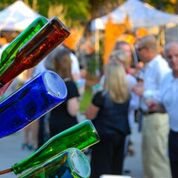
ANNUAL PETER ANDERSON ARTS & CRAFTS FESTIVAL
This festival showcases some of the most well-renowned artists in the Southeastern U.S.
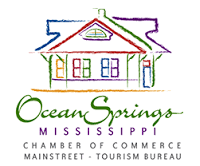
OCEAN SPRINGS CHAMBER OF COMMERCE
Ocean Springs Chamber is a non-profit organization with the mission to promote the town of Ocean Springs and to provide networking and other business services.
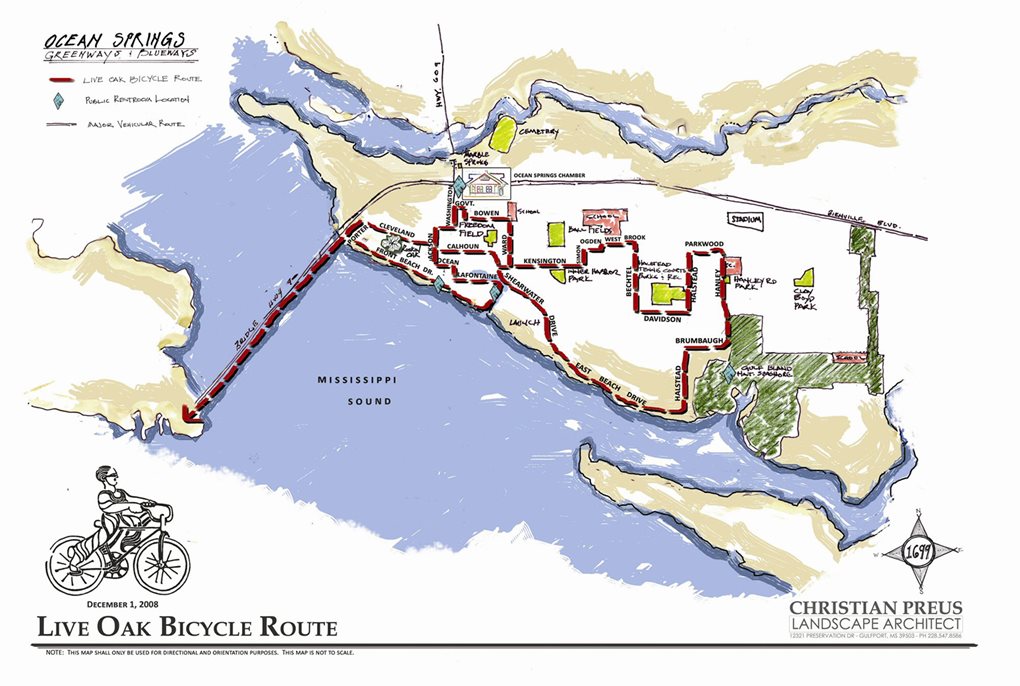
OCEAN SPRINGS LIVE OAK BICYCLE ROUTE
Ocean Springs’ 15.5 mile round-trip Live Oaks Bicycle Route connects the Davis Bayou Area of the Gulf Islands National Seashore to the town of Ocean Springs at the Old Louisville and Nashville Train Depot.
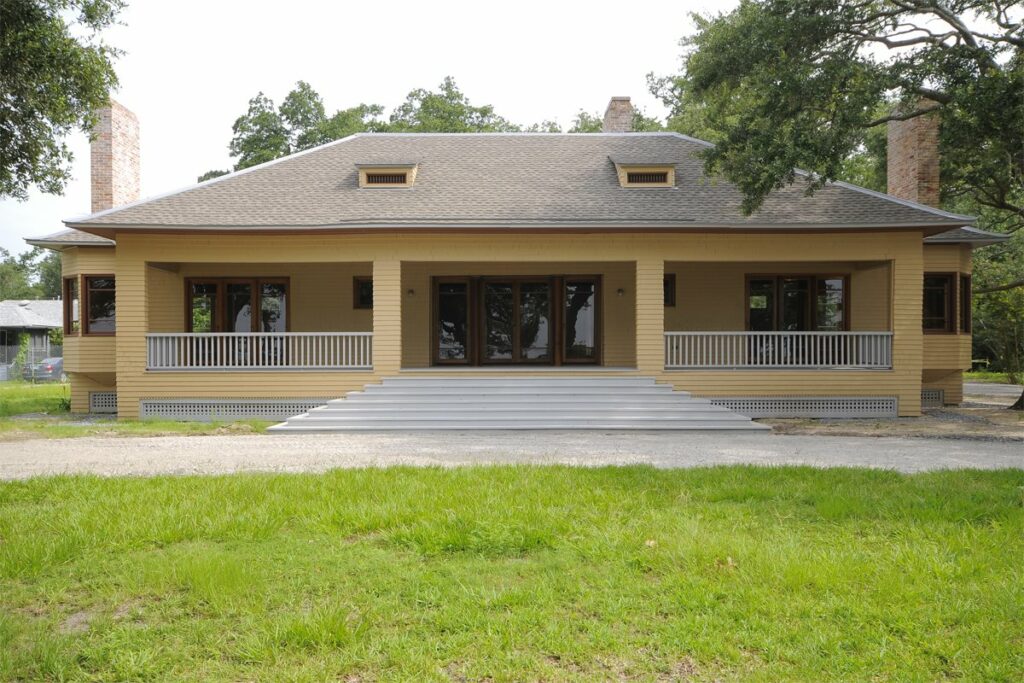
CHARNLEY-NORWOOD HOUSE
The Charnley-Norwood House, originally constructed in 1890, and completely rebuilt following an 1897 fire, has quite an impressive history in the context of its influence on 20th century American residential architecture.
